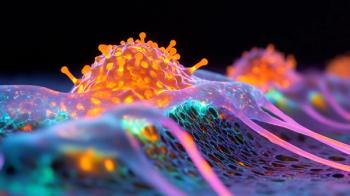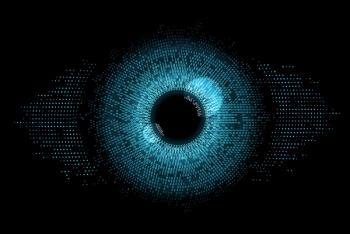
FDA Sets Goal Date for Antipsychotic Drug Bysanti
The FDA has accepted the new drug application for the antipsychotic Bysanti and set a goal date for February 21, 2026.
Vanda Pharmaceuticals Inc. announced that a New Drug Application for Bysanti (milsaperidone), for the treatment of acute bipolar I disorder and schizophrenia, has been accepted by the FDA, according to a news release published yesterday. A Prescription Drug User Fee Act (PDUFA) date for this application has been set for February 21, 2026. If approved, Bysanti could be available for sale in the United States in 2026.
Bipolar causes clear shifts in a person’s mood, energy and concentration and is categorized into two types, bipolar one and two. Bipolar one is typically marked by more severe manic episodes.
Schizophrenia is characterized by periods of psychosis where patients may feel like they’ve lost touch with reality and many struggle with health, social and economic challenges. They may experience auditory and visual hallucinations.
Bysanti was initially discovered to be an active metabolite of iloperidone, an already FDA-approved generic antipsychotic. Vanda scientists discovered that when Bysanti is administered orally, it interconverts to iloperidone, interacting with neurotransmitters in the brain, including alpha-adrenergic receptors, serotonin receptors and dopamine receptors.
This NDA is based on the ongoing results from studies showing the bioequivalence of Bysanti and iloperidone at both low and high doses. Results will be presented at the end of the month at the 2025 American Society of Clinical Psychopharmacology annual meeting in Scottsdale, Arizona.
The safety and efficacy data of Bysanti as an antipsychotic are consistent with iloperidone
In bipolar one patients, iloperidone reduced symptoms by 14 points on the Young Mania Rating Scale, whereas placebo reduced symptoms by 10 points. At least 5% of patients reported tachycardia, dizziness and dry mouth, according to the prescribing information.
In schizophrenia patients, iloperidone reduced patients’ Positive and Negative Syndrome Scale (PANSS) score, used to determine symptoms, by 12 points, compared to placebo, which reduced the score by 7 points, according to the prescribing information. Overall, adverse reactions occurred in at least 5% of patients, including dizziness, dry mouth and fatigue.
Bysanti is also being studied in a phase three study as a potential adjunctive treatment for major depressive disorder for patients not responding to their current treatment, the news release says. The study began in the fourth quarter of 2024 and results are expected in 2026.
If approved by the FDA, Bysanti is eligible for regulatory data exclusivity for five years. If current related patent applications are approved, exclusivity would extend into the 2040s.
Newsletter
Get the latest industry news, event updates, and more from Managed healthcare Executive.


















































